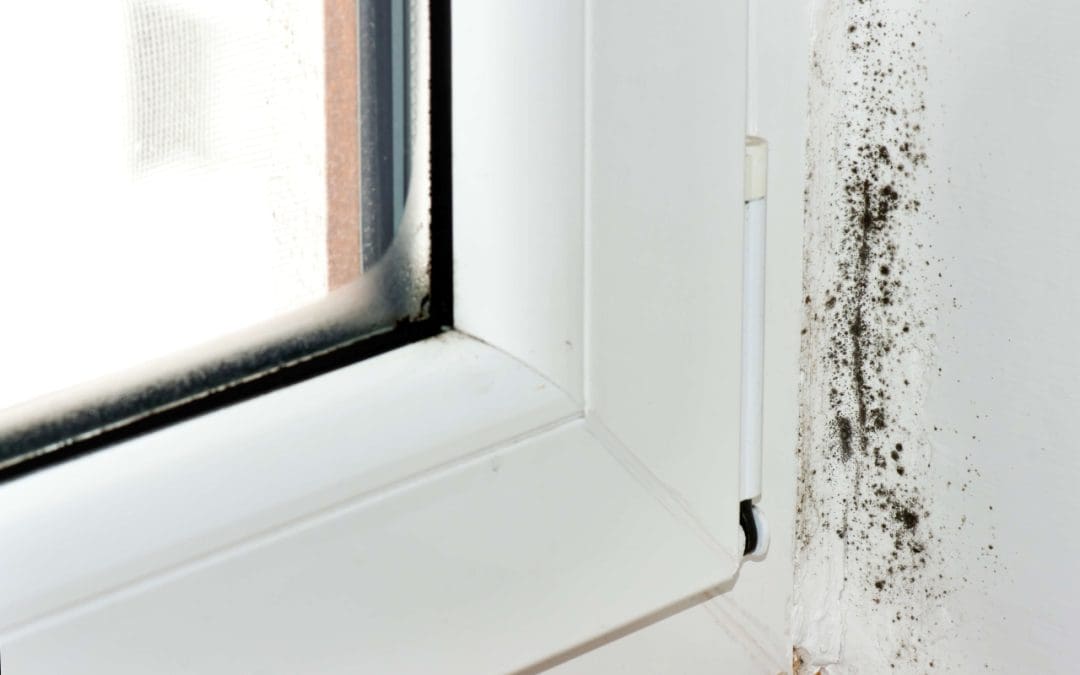Mold growth can be a sneaky, unwelcome guest in any home. It thrives in dark, damp environments and often grows unnoticed until it becomes a real problem. For homeowners, understanding how to identify the early signs of mold growth is the key to preventing costly damage and protecting your family’s health.
Mold spores are always present, but they only grow when moisture is involved. Leaks, poor ventilation, or high humidity can trigger mold to spread fast. That’s why spotting early signs of mold growth is so important.
Visible Signs of Mold Growth Are Just the Start
The most obvious sign of mold growth is seeing it, but that’s rarely where the problem begins or ends. Mold often appears as black, green, gray, or even white fuzzy patches on walls, ceilings, baseboards, or hidden corners like under sinks, behind appliances, or inside cabinets. In bathrooms, it commonly appears as dark spots around tile grout, shower corners, or ceilings where steam collects.
What may look like harmless dirt or dust could actually be mold in its early stages. If a spot keeps returning after cleaning or resists being wiped away, there’s likely an underlying issue. Mold spreads quickly once it takes hold, and visible growth often means more hidden behind walls or under flooring. Don’t ignore even small patches; visible mold is usually just a surface symptom of a deeper moisture problem that needs to be addressed immediately.
Don’t Ignore Musty Odors
Sometimes, the first sign of mold growth is what you smell. A persistent musty or earthy odor, especially in areas like basements, laundry rooms, or bathrooms, is often a strong indicator that mold lurks nearby. This smell is caused by microbial volatile organic compounds (MVOCs) released as mold grows and spreads. If the odor lingers after cleaning and ventilating the space, it’s a good idea to investigate.
Health Symptoms Linked to Mold Growth
Mold doesn’t just affect your home; it can also impact your health. It may trigger allergy-like symptoms, especially in those sensitive to it. Common signs include sneezing, coughing, itchy eyes, headaches, or worsened asthma symptoms. If symptoms appear in certain rooms or improve when you leave the house, mold growth may be the cause and should be investigated immediately.
Signs of Moisture Can Signal Future Mold Growth
Even if you can’t see or smell mold, signs of moisture problems are a red flag. Stained ceilings, bubbling paint, warped wood, or persistent condensation on windows indicate that moisture is present, and mold growth may not be far behind. Since mold feeds on moisture, staying ahead of water damage or high humidity is essential. Early action will prevent minor issues from turning into a major mold problem.
Early Detection Matters
Proactively spotting mold will save you time, money, and stress. From strange smells and visible spots to unexplained health symptoms, the signs are usually there if you know what to look for. If you’re unsure or suspect hidden mold, consider contacting a professional who can perform a thorough inspection and help you take the next steps. Being proactive protects your home and your health.
Anchor Home Inspections provides home inspections to Southwest Michigan. Contact us to request an appointment.

